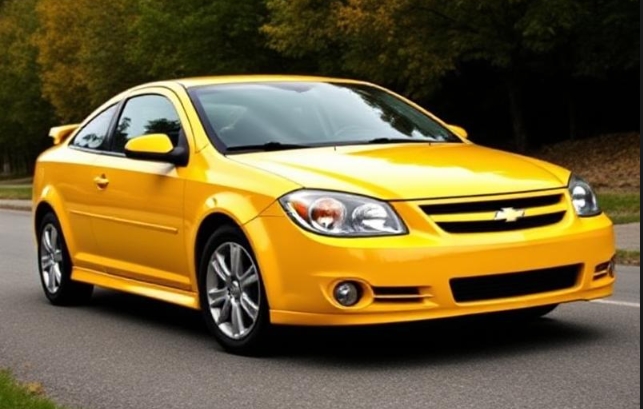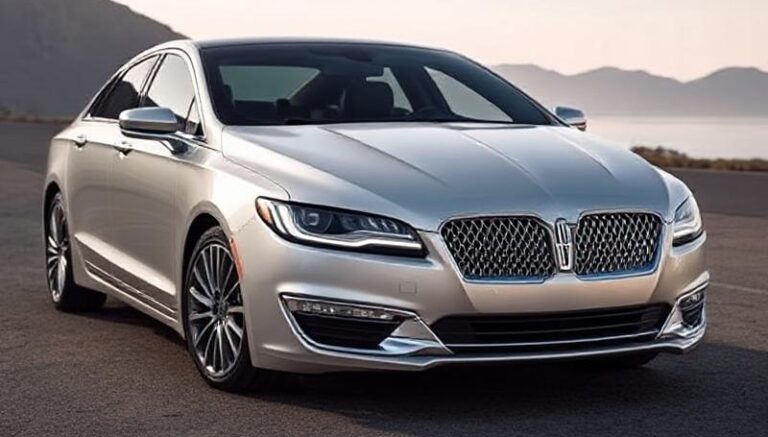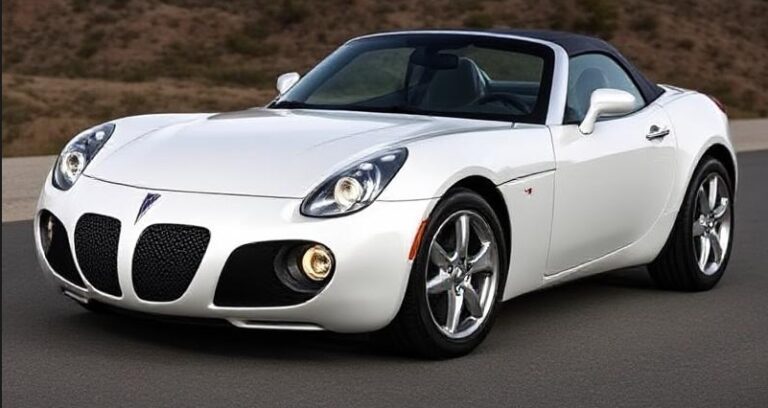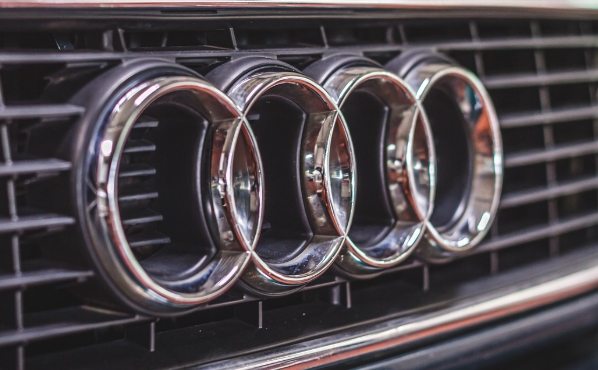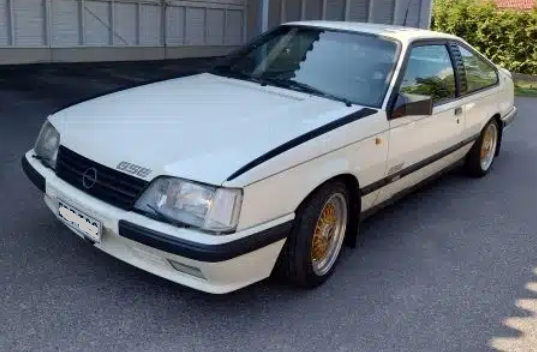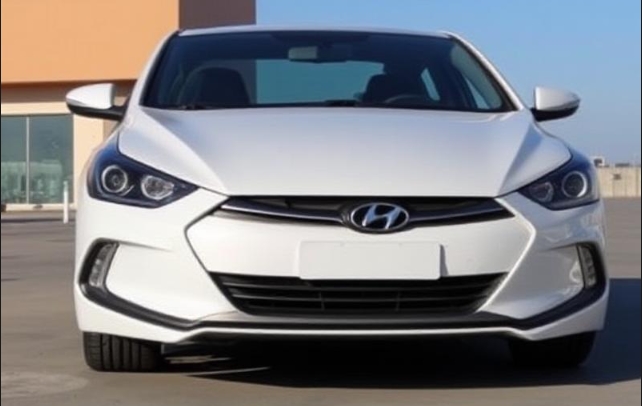The Evolution of the Chevrolet Cobalt: From Concept to Road Legend
The Chevrolet Cobalt, a compact car that held a firm place in the automotive market during its production years, reflects the changing landscape of American automotive design and consumer preferences. Introduced in 2004 and produced until 2010, the Cobalt replaced the Chevrolet Cavalier, and has been well-regarded for its responsive handling and solid construction. Its evolution over the years involved several models, trim levels, and various descriptor changes that represent both the technological advancements and consumer demands of its time.
The Birth of Cobalt (2004-2005)
The Chevrolet Cobalt was first unveiled at the 2004 North American International Auto Show in Detroit, signaling a new direction for Chevy in the compact segment. Produced from 2004 to 2010, it was offered in both coupe and sedan body styles. At launch, the Cobalt was designed to appeal to a younger demographic with its modern styling and sporty appeal.
Models and Trim Levels:
- 2005 Chevrolet Cobalt: The initial model year offered three main trims:
- Base: This was the entry-level model featuring basic amenities. It included a 2.2L 4-cylinder engine producing 145 hp, a 5-speed manual transmission, and basic interior features.
- LS: Stepping up from the base model, the LS added more comfort and convenience features, including remote keyless entry and an upgraded audio system.
- LT: The LT offered premium features such as 16-inch wheels, a CD player, and optional leather seating and a sunroof.
The Performance Edge and Special Editions (2006-2007)
As the Cobalt gained traction in the market, Chevrolet expanded the model and trim lineup to cater to performance enthusiasts and those seeking additional luxury.
Models and Trim Levels:
- 2006 Chevrolet Cobalt:
- Introduction of the SS (Super Sport) trim, catering to those interested in performance. It featured a supercharged 2.0L I4 engine with 205 hp, sport-tuned suspension, and distinct styling elements.
- 2007 Chevrolet Cobalt:
- Base, LS, LT: Reflecting a similar trim scheme as the previous year.
- SS Supercharged: Notable advancements were made in performance with enhancements in handling and engine management.
- SS Turbocharged: An introduction of a new turbocharged engine for those looking for more horsepower (2.0L I4 engine boosting 260 hp).
Mid-Generation Facelift and Improved Reliability (2008-2009)
By 2008, Chevrolet sought to refresh the Cobalt’s appeal with a mid-cycle facelift. The updates were partly driven by previous critiques regarding the car’s interior quality and safety ratings.
Models and Trim Levels:
- 2008 Chevrolet Cobalt:
- Base, LS, LT: Similar to prior years, but with updated interior finishes.
- An increased focus on safety, with the addition of standard side curtain airbags and a revised seat structure.
- 2009 Chevrolet Cobalt:
- The trim levels primarily remained consistent with prior years, but notable changes occurred:
- Revised styling and the addition of more modern interior features became evident.
- SS: Both supercharged and turbocharged variants continued, but with some added refinements in performance dynamics.
.
THIS might be a great place to get your new car from!
Or for those who are into the “car flipping” business, here’s an excellent resource for you!

.
The Cobalt’s End and Legacy (2010)
As production slowed towards its end, the Cobalt faced increasing competition in the compact segment. By 2010, the Chevrolet Cobalt was officially phased out, paving the way for its successor, the Chevrolet Cruze, which would offer modernistic features, improved fuel economy, and a refined design.
Models and Trim Levels:
- 2010 Chevrolet Cobalt:
- Final trims were simplified, with Base, LT, and SS available.
- The emphasis in this final year was on providing value for the consumer while leveraging the quality and reliability that had been established over the years.
Safety and Recognition
Throughout its production run, the Cobalt garnered attention for its commitment to safety, especially following the introduction of additional safety features in later models. The National Highway Traffic Safety Administration (NHTSA) rated it well for crash safety, which became a focal point for consumers looking for reliability in their compact cars.
The Cobalt’s legacy has been a nuanced one. While some reviews and consumer reports drew attention to initial issues, particularly regarding the ignition switch, subsequent improvements in design and manufacturing were credited for its overall reliability in later years.
Cultural Impact and Popularity
The Chevrolet Cobalt also found a niche in popular culture, often recognized for its practical design and affordability. It appealed to young drivers and was a favored choice for students and first-time car buyers. Its sporty versions, such as the SS, endeared it to the enthusiast community, allowing modifications and customizations that heightened its appeal among younger crowds.
Conclusion: Reflecting on the Cobalt
In retrospect, the Chevrolet Cobalt represents an era of innovation and adaptation within the automotive industry. The vehicle transitioned through model years with notable upgrades and an evolving design palette, which allowed it to maintain relevance in a competitive market. Ultimately, the Chevrolet Cobalt stood once more as a testament to Chevy’s commitment to listening to consumer desires and trends, setting bold expectations for compact cars, and laying the groundwork for future generations that followed.
The Cobalt may have phased out in 2010, but its impact on the market and its position as a reliable and sporty compact car continue to resonate with drivers and enthusiasts alike. Its evolution not only chronicles the development of a single model but also reflects broader trends in automotive engineering, safety, performance, and consumer expectations.
